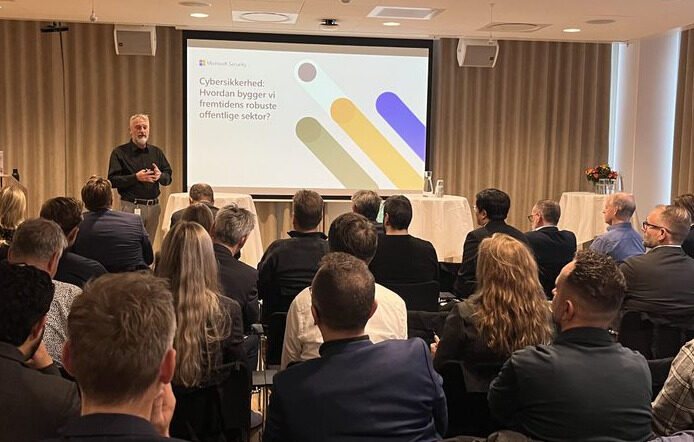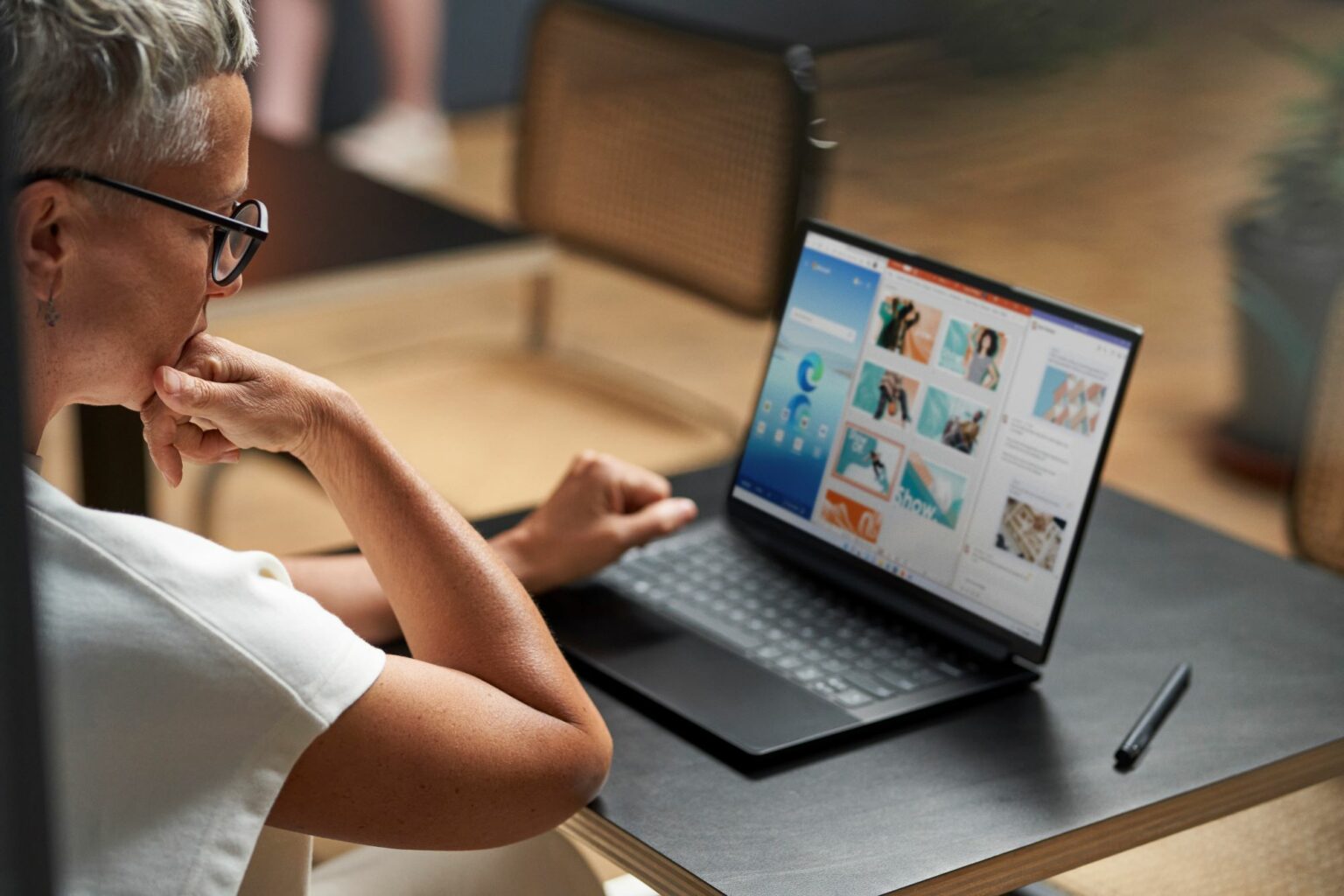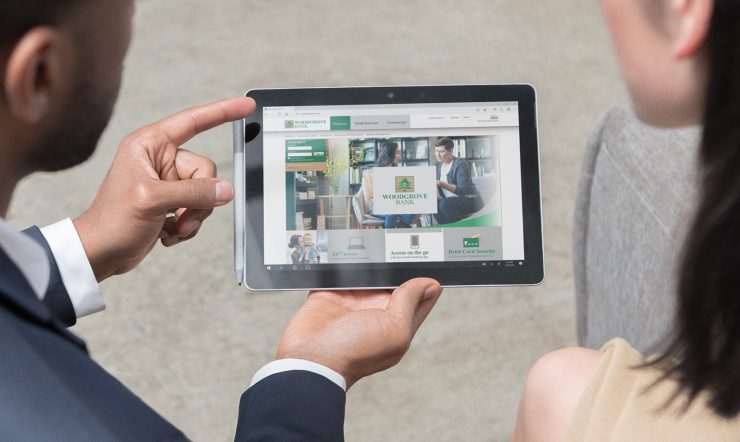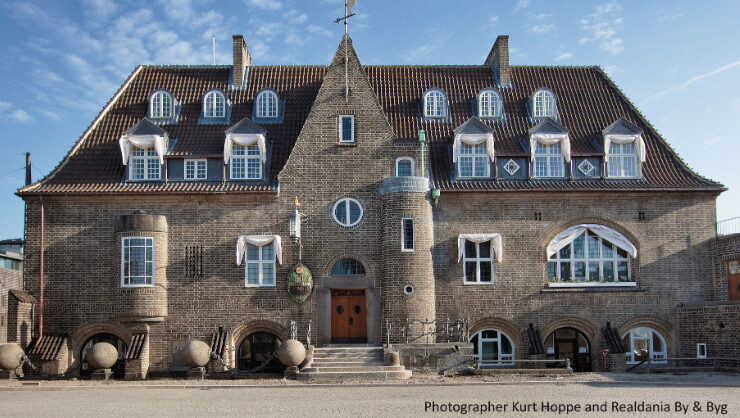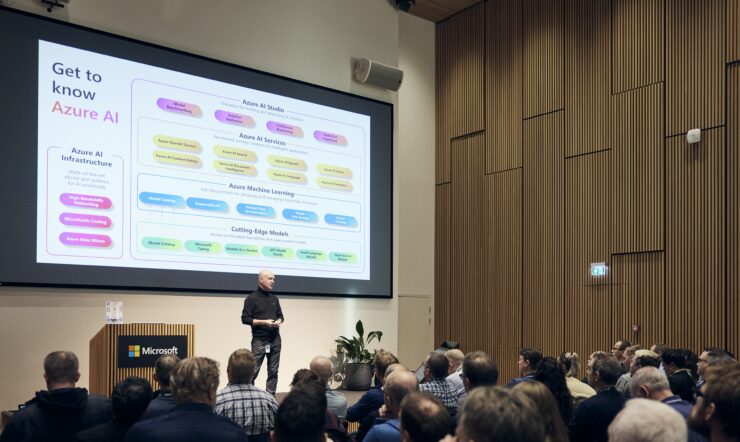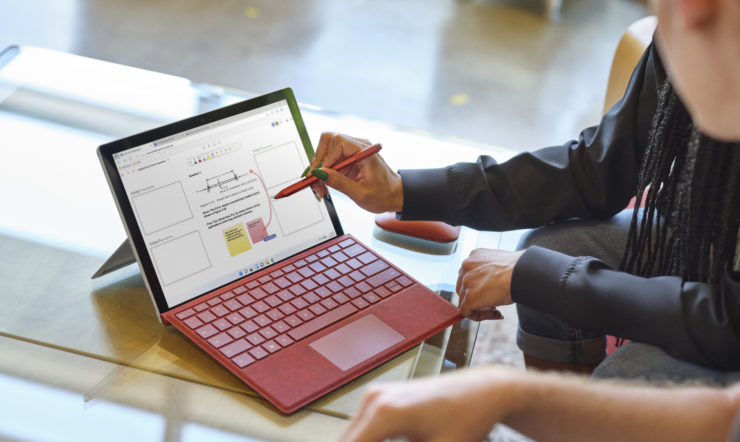For decades people have adapted to technology. But with the development in modern lifestyle, hybrid work models, and increased focus on work/life balance it seems tech now must adapt to the new needs of both companies and people. Recently, Microsoft Denmark invited selected IT professionals to INCUBA in Aarhus to discuss the potential of one such adaptation: Windows 365.
Today, an office is not so much a physical space as it is a hybrid one that employees shift in and out of at their own convenience. Catering to the need of modern businesses is catering to the needs of modern people, showing an understanding of the needs of the individual – not just between 9 AM and 5 PM. Windows 365 is designed with that exact reality in mind.
The virtual desktop solution was launched in August 2021. And ever since the launch local demand in Denmark has been overwhelming according to Kim Kaae, Cloud Endpoint Technical Specialist at Microsoft Denmark who welcomed selected professionals to a Windows 365 Roundtable on November 28. The purpose of the meeting was to discuss and showcase the new hybrid opportunities in Windows 365.
“In a sense,” Kim Kaae said “Windows 365 must be as boring as possible. To the end-user, it is not supposed to feel spectacular. Rather, it should be seamless. It shouldn’t feel like the big leap it actually is – it should feel natural. We want the end-user to feel at home,” he said as he gave the floor to Technical Specialist at Microsoft Denmark, Lynn Friedland.
A Major Potential and a Significant Responsibility
“Windows 365 takes the virtual desktop to a new level,” Lynn Friedland said as she began her introduction to Windows 365. As a concept, the virtual desktop is nothing new. However, anyone who has worked with a virtual desktop has always been aware that they are in fact working on a different computer than their physical one. Often painfully aware due to clear limitations, a less smooth experience, or simply a lack of performance.
“The novelty of Windows 365 isn’t that it introduces a new concept or an entirely new discipline, but that we can now stream a Windows desktop from the cloud in a simple and easily managed way,” Lynn Friedland said as she underscored the gravity of developing Windows:
“In many ways, Windows 365 is the future of Windows and the approach might change the future of computer-based work as such,” said Lynn Friedland before also mentioning tedious intercompany processes such as mergers and acquisitions as an obvious use-case.
Major Danish Company: “Windows 365 Helps Us Stay Global”
Lynn Friedland moved on to welcome the next speaker, an End User Device Engineer at a major Danish company. The company shall remain anonymous as per the company’s request.
Said global company chose to begin working with Windows 365 in December 2021:
“Even though we saw the need for a cloud-first virtual desktop solution before 2021, the need was truly accelerated by COVID. We tried different approaches and technical solutions but for us, Windows 365 made sense,” said a company representative.
To the specific company, it was imperative that the solution was cloud-first. And then there was the point of latency: “We all know distance means latency. But with Windows 365 you have devices deployed around the globe – not just in one city which would mean significant latency issues for people working from other regions,” said the End User Device Engineer before continuing: “We are a global company. And as such, we need agile solutions that assist our colleagues where they are. In that respect, Windows 365 helps us stay global.”
According to their representative, the company’s biggest use case is external consultants who work from their own device on Windows 365 – and obviously, they also have a need for video-based communication: “With other solutions, we found that even rudimentary tasks like video during a meeting, sharing your screen in Teams or running SAP-apps on a Mac were difficult. However, with Windows 365 it has proven to be a smooth experience.”
Three Use Cases Categories in the New Cloud Reality
The End User Device Engineer gave the floor to the morning’s final speaker, Morten Pedholt, Cloud Architect from Microsoft partner APENTO. Pedholt began by stressing the importance of a user-centric approach when discussing cloud solutions:
“Building a more personal experience with a minimal amount of downtime is key. We want a user-friendly experience, one we are familiar with, and we don’t want to wait in order to work,” said Morten Pedholt. He agreed that Windows 365 is a smoother experience which, according to Pedholt, can be attributed to a more user-centric approach in the development phase.
APENTO is a preferred Microsoft Cloud Solution Provider, and according to Morten Pedholt they primarily see three use case categories when it comes to Windows 365:
“Firstly, high-capacity computing is in demand. The need of developers can vary but often they need more powerful solutions. Secondly, temporary workforces such as consultants that work from their own devices. And finally, employees that bring their own device to work,” said Pedholt before elaborating on the latter category:
“Some of our customers have employees who prefer working on different devices. Or maybe they prefer working with a specific device brand in which case they can be provided with a low-end version of said brand and a high-end cloud PC to connect to. In any case, this specific virtual desktop solution offers more freedom in a more personalized space without at any point compromising with regards to security,” said Morten Pedholt.
The final presentation of the day was concluded with a demonstration of the new app version of Windows 365. As Pedholt jumped seamlessly from the virtual desktop to his physical device, it became difficult picturing how the old, physical office space can be challenged further in the future. However, one thing seems certain: An office is not what it used to be.
